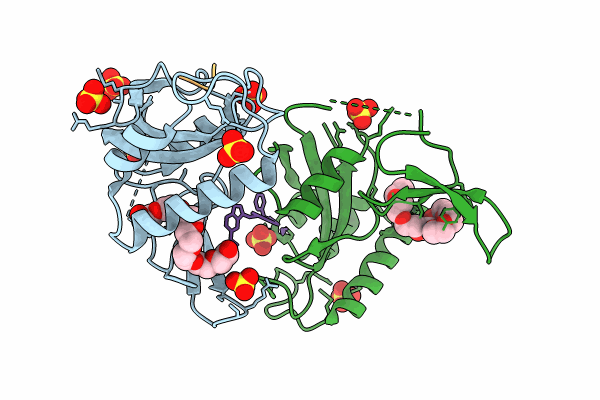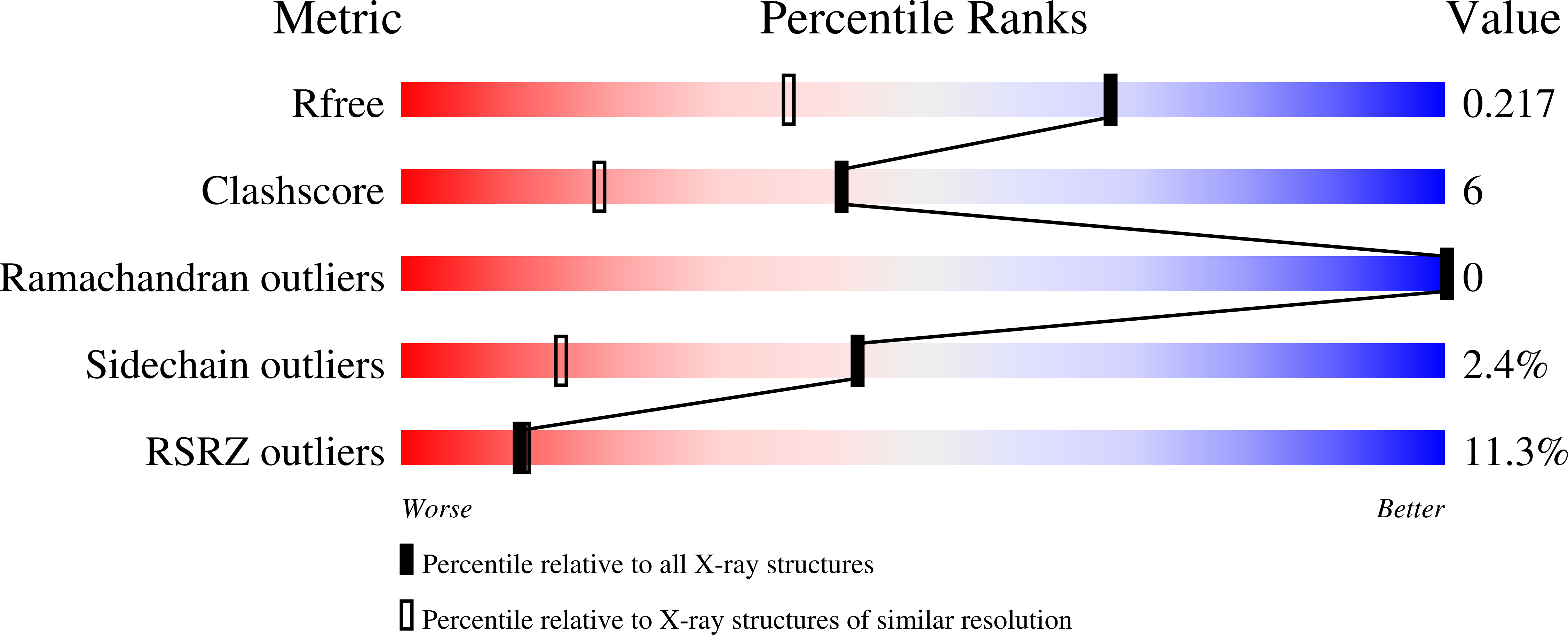
Deposition Date
2024-01-06
Release Date
2024-11-06
Last Version Date
2025-03-05
Entry Detail
PDB ID:
8VJD
Keywords:
Title:
Human R14A Pin1 covalently bound to inhibitor 158F10 in P21 21 21 space group
Biological Source:
Source Organism:
Homo sapiens (Taxon ID: 9606)
synthetic construct (Taxon ID: 32630)
synthetic construct (Taxon ID: 32630)
Host Organism:
Method Details:
Experimental Method:
Resolution:
1.57 Å
R-Value Free:
0.21
R-Value Work:
0.19
R-Value Observed:
0.19
Space Group:
P 21 21 21


